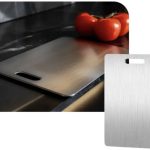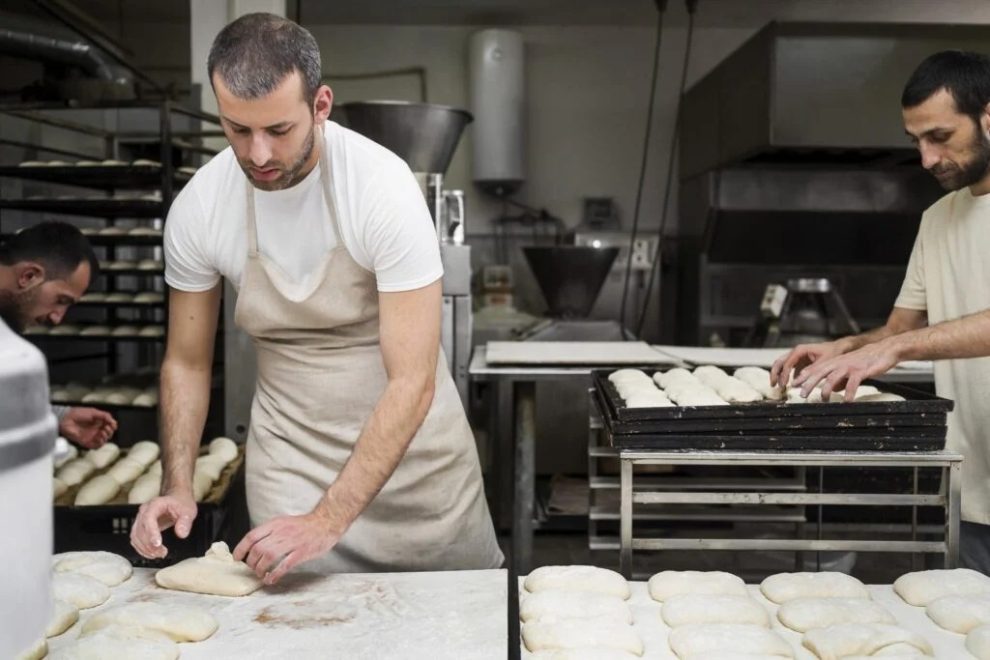As a small business owner in the bakery industry, maintaining your bakery preparation equipment is essential for ensuring smooth operations, consistent product quality, and long-term profitability. Proper maintenance not only prolongs the lifespan of your equipment but also reduces downtime and prevents costly repairs. In this blog, we’ll provide a comprehensive guide to maintaining bakery preparation Restaurant Equipment to help you optimize performance and maximize efficiency in your bakery.
Regular Cleaning and Sanitizing
Regular cleaning and sanitizing are fundamental to maintaining Restaurant Equipment and ensuring food safety. Develop a cleaning schedule and protocols for each piece of equipment, including mixers, ovens, dough sheeters, and proofing cabinets. Use food-safe cleaning solutions and follow manufacturer guidelines for disassembly, cleaning, and reassembly. Pay special attention to areas prone to buildup, such as mixing bowls, oven racks, and conveyor belts, to prevent contamination and maintain hygiene standards.
Lubrication and Inspection
Periodic lubrication and inspection are crucial for keeping Bakery Preparation Equipment running smoothly and preventing wear and tear. Check moving parts, bearings, and belts for signs of wear or damage, and lubricate them as needed to reduce friction and extend their lifespan. Inspect electrical components, such as wires and plugs, for signs of damage or overheating, and replace worn or faulty parts promptly to prevent electrical hazards and equipment malfunctions.
Calibration and Adjustment
Many bakery preparation equipment, such as ovens, mixers, and proofing cabinets, require regular calibration and adjustment to maintain optimal performance. Follow manufacturer recommendations for calibration procedures and intervals to ensure accurate temperature control, mixing speed, and proofing consistency. Keep calibration records and schedules organized for reference and compliance with regulatory requirements, such as food safety inspections.
Preventive Maintenance
Implement a preventive maintenance program to proactively identify and address potential issues before they escalate into major problems. Schedule routine inspections and servicing by qualified technicians to assess equipment performance, detect early signs of wear or malfunction, and perform preventive maintenance tasks such as belt tensioning, motor lubrication, and component replacement. Preventive maintenance minimizes downtime, reduces repair costs, and prolongs the lifespan of your bakery equipment.
Staff Training and Education
Invest in staff training and education to ensure that your team understands how to operate and maintain bakery equipment properly. Provide comprehensive training on equipment usage, safety procedures, cleaning protocols, and troubleshooting techniques to empower your staff to handle routine maintenance tasks and respond effectively to equipment issues. Encourage open communication and feedback to address any concerns or questions regarding equipment maintenance and foster a culture of accountability and responsibility among your team members.













